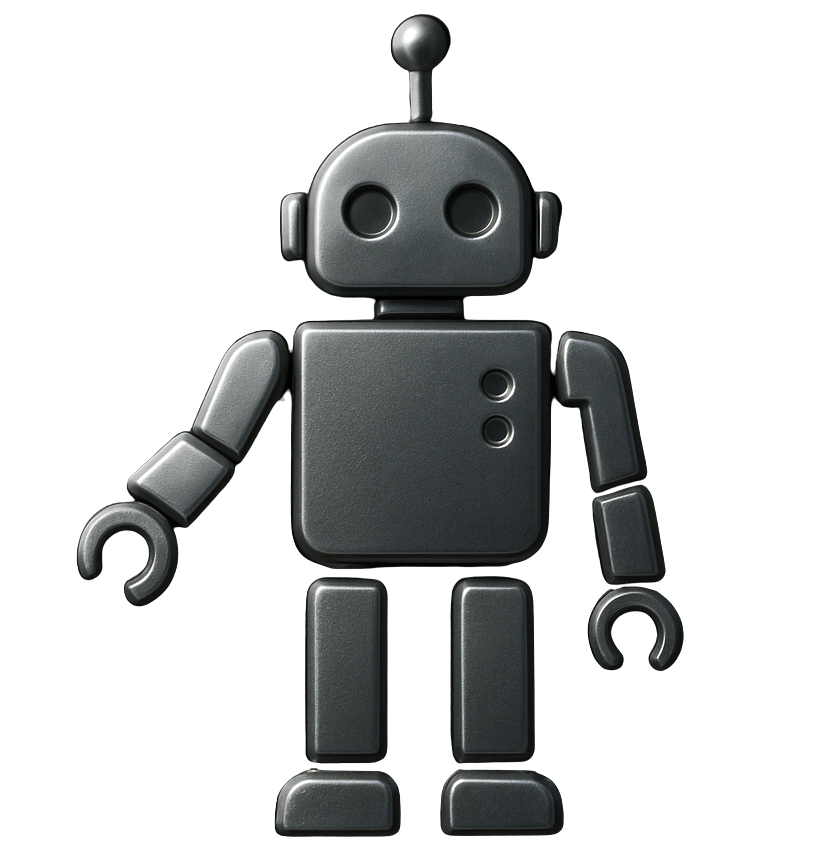Our Genesis & Doctrine
Born from Necessity, Not Commerce.
Born from Necessity, Not Commerce.
Our work did not begin in a boardroom or a research lab chasing a market trend. It began with a single, profound human challenge: supporting a child, Aston-Martin, whose rare combination of Prader-Willi Syndrome (PWS) and a Chromosome 16 microdeletion presented a reality for which no technology had an answer.
The world offered tools, but not understanding. Existing systems, including the most advanced AI, were functionally blind to his reality. They could process a command but could not perceive his cognitive load. They could offer instructions but could not sense his rising frustration. They provided data without empathy, and intervention without awareness.
This revealed a fundamental, critical flaw in the trajectory of modern technology. In the moments that matter most—in high-stakes environments, under stress, or when supporting complex needs—our technology is designed to fail because it is disconnected from our biology.
The Coherence Platform was not conceived as a product. It was forged as a solution to an impossible problem. It is the architecture we had to build because nothing else worked. This personal genesis is the driving force behind our mission: to create a new class of technology that is not just intelligent, but is in coherent, symbiotic alignment with the human user.
A powerful idea born from necessity requires a rigorous intellectual and ethical framework to be realized safely. Technology without a guiding philosophy is a tool without a purpose.
To provide this foundation, our founder is pursuing a Master of Philosophy at the Queensland University of Technology (QUT) Australia. This formal academic research is not an afterthought; it is the conscience of our innovation.
It is designed to answer…
“What is the most effective and ethical way to build a trusted AI companion”?
The Central Inquiry: Presence vs. Perception
The world of assistive technology is at a crossroads, facing a critical choice between two dominant paradigms:
Physical Presence (Robotics)
The belief that a machine must physically exist in our space to be a trusted companion.
Biological Perception (Our Architecture)
The belief that trust is not born from physical form, but from an AI's genuine ability to perceive and adapt to a human's true biological and emotional state.
Our MPhil research, being conducted at Queensland University of Technology, is a landmark empirical study designed to provide a data-driven answer. We are empirically comparing our neuro‑adaptive companion with advanced physical robots in controlled scenarios. This companion is more than a single piece of software; it is the human-facing result of our entire, integrated five-patent architecture. Its ability to build trust is a direct product of all five layers working in seamless, coherent harmony. We are measuring what truly matters: the depth of trust, the quality of engagement, and the emotional resonance this unique, holistic system can achieve.
Strategic Implications: A Validated Roadmap for the Future
For any organization building the next generation of AI, the findings of this research are not merely academic. They are a strategic roadmap.

De-Risking the Future
This work provides the empirical data and ethical framework to confidently invest in an architecture that is proven to be more effective and human-aligned, mitigating the immense financial and reputational risk of backing the wrong paradigm.
Creating the Gold Standard
The outcomes will establish the definitive benchmark for what constitutes "effective" and "ethical" AI companionship, creating a powerful moat against competitors who cannot meet this rigorously validated standard.
An Unassailable Narrative
This research provides a powerful, defensible, and authentic story. It allows a strategic partner to state, with academic proof, that their technology is not just the most advanced, but also the most humane.




